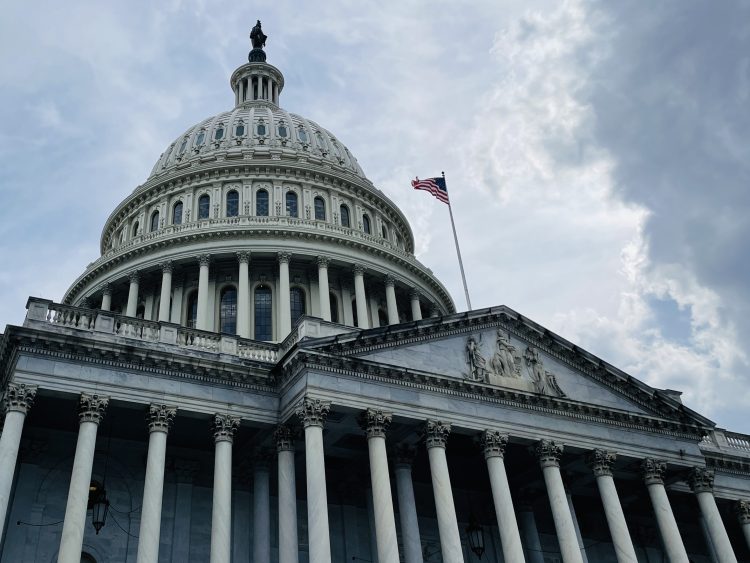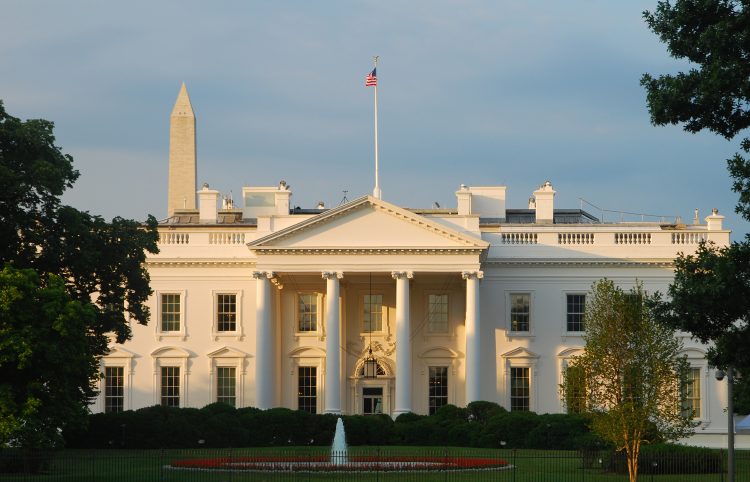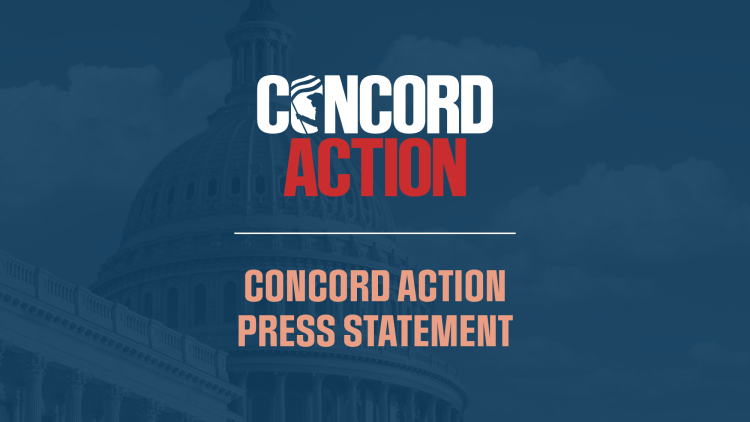As we previously noted, President Obama released the outline of his first budget at the end of February. Those details have been scored by the Congressional Budget Office and included in the March update to their Budget and Economic Outlook.
As we previously noted, President Obama released the outline of his first budget at the end of February. Those details have been scored by the Congressional Budget Office and included in the March update to their Budget and Economic Outlook. Now, the proverbial "budget ball" now rests in Congress as they work towards agreeing on a unified budget resolution.
Both the Senate and House held votes last evening after marking up their respective resolutions last week. The House approved its resolution by a vote of 233-196 while the Senate’s resolution passed by a vote of 55-43.
The two resolutions are not that different on the surface: they both follow the administration’s leads on attempting to cut the deficit in half over four years, establishing health care reserve funds, and addressing energy policy, while containing only small differences on overall spending and revenue numbers. Both resolutions also share some of the structural risks that we highlighted in President Obama’s budget.
With the chambers now headed to conference at the end of April after their recess, it would appear bridging any existing gaps would be a mere formality. However, it may not be that simple.
The big sticking point will be how the negotiators handle the differences in procedural rules written into the resolutions. The House resolution contains reconciliation instructions for health care reform while the Senate resolution does not. If included in the final budget, these instructions would allow upcoming health care reform legislation to be debated under procedural protections that would prevent the minority in the Senate from being able to filibuster the bill. Thus a health care reform bill in the Senate would ultimately only need 50 votes to pass as opposed to 60. Incidentally, both the House and the Senate did not include reconciliation instructions for enacting energy policy.
Yet, even if reconciliations instructions are removed in conference, it could be possible that they are introduced at a later date. Senate Budget Committee Chairman Kent Conrad indicated earlier this week that if bipartisan compromise cannot be achieved it is possible a second budget resolution might be introduced — this time with reconciliation instructions.
So, while it may seem with last evening’s votes that the budget process has culminated, there is still a long road ahead. If you want to keep up with developments on the budget resolutions, please subscribe to our weekly Washington Budget Report or check out past issues on our website.
–Jonathan DeWald
Continue Reading











